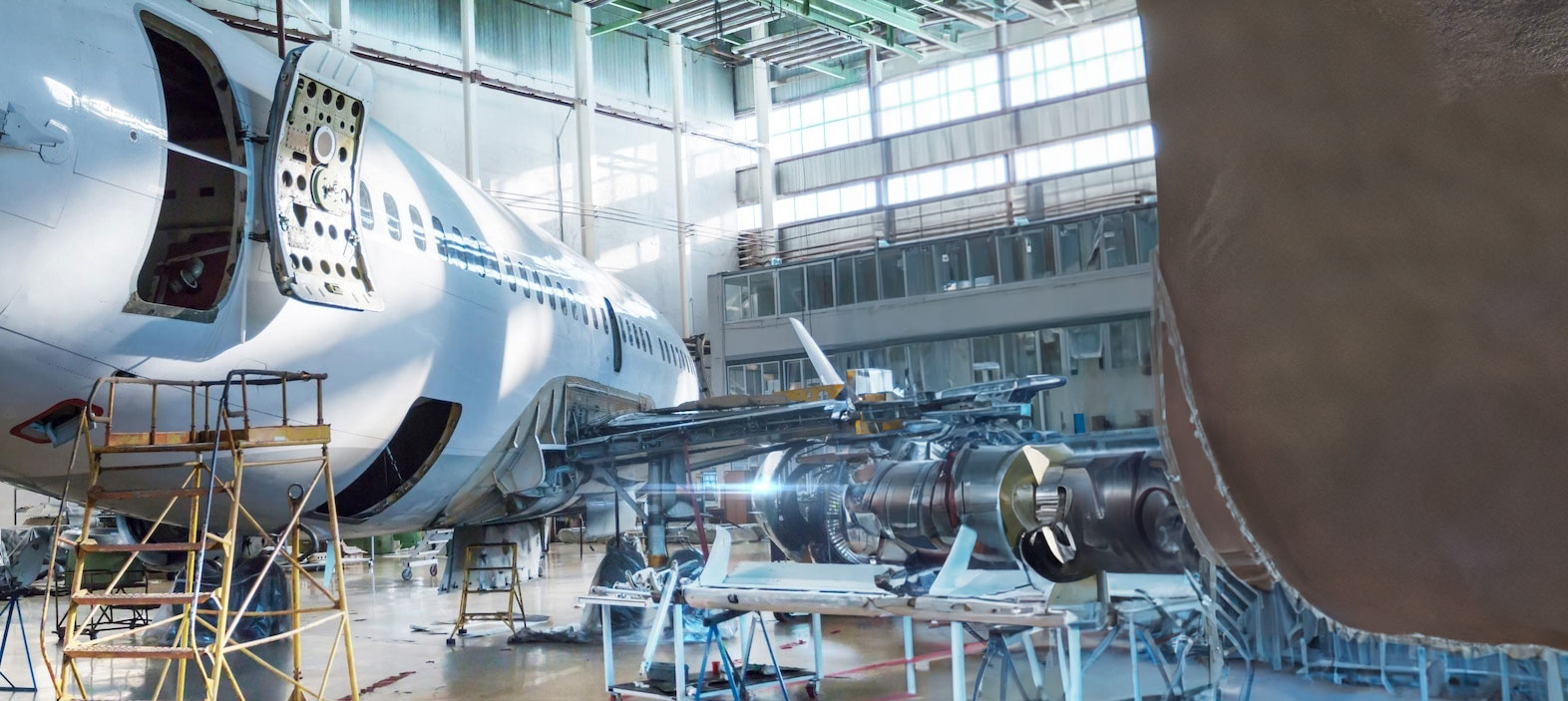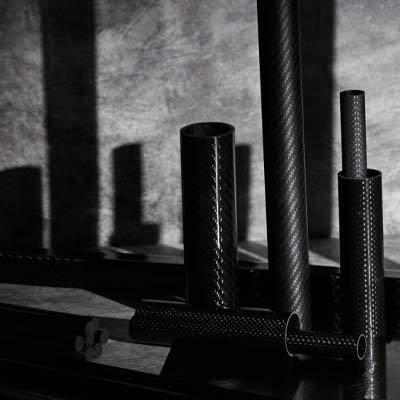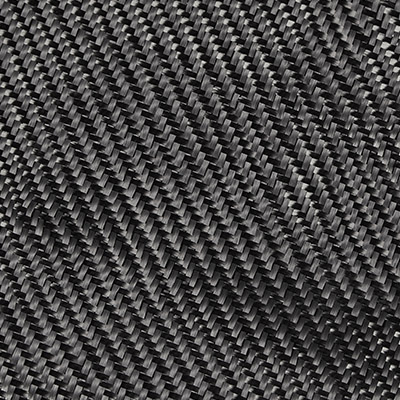
Carbon Fiber in the Aerospace Industry
👁 Reads: 718
Carbon fiber is a lightweight, high-strength material that has found numerous applications in the aerospace industry. It has become the material of choice for aircraft bodies due to its unique properties and ability to provide significant weight savings without compromising on strength or durability. In this article, we will explore the application of carbon fiber in the aerospace industry and why it is preferred for aircraft bodies.
Why carbon fiber is preferred for aircraft bodies
One of the main reasons why carbon fiber is preferred for aircraft bodies is its exceptional strength-to-weight ratio. Made from thin strands of carbon atoms that are woven together to create a strong, lightweight material, it is five times stronger than steel but weighs only a fraction of its weight. This makes the composite material ideal for use in aircraft bodies, where weight reduction is critical to improving fuel efficiency and reducing emissions.
Another reason why it is preferred for aircraft bodies is characteristic of resistance to corrosion and fatigue. Unlike traditional materials such as aluminum, carbon fiber is highly resistant to corrosion, which is a major problem in the aviation industry. Aircraft are exposed to harsh environments, including saltwater, high humidity, and extreme temperatures, which can cause corrosion and structural damage. The resistance to corrosion means that aircraft bodies made from this material can withstand these harsh conditions and maintain their structural integrity for longer.
Next, the carbon composite material is also highly resistant to fatigue, which is the gradual accumulation of damage caused by cyclic loading. In aircraft, fatigue can occur due to repeated takeoffs and landings, turbulence, and other environmental factors. Its exceptional resistance to fatigue means that the material can withstand these cyclic loads without experiencing significant damage or failure, suitable as a highly reliable material for aircraft bodies.
Furthermore, carbon fiber offers a high degree of design flexibility. In the manufacturing process, the composite material can be molded into various shapes and sizes, allowing for greater design freedom and the creation of complex shapes that are difficult to achieve with traditional materials. This flexibility also makes it possible to integrate various components, such as sensors and electronics, directly into the aircraft body, reducing weight and improving performance.
What is aerospace-grade carbon fiber?
Aerospace-grade carbon fiber refers to one that has been specifically designed and manufactured for use in the aerospace industry. It is made to strict standards and undergoes rigorous testing to ensure that the material meets the performance requirements for aircraft bodies.
Typically made from high-strength fibers that are coated with a resin matrix. The resin matrix provides additional strength and stiffness, improving the overall performance. The carbon fiber pultruded and resin matrix are then woven together to create a composite material that is both strong and lightweight.
To ensure that aerospace-grade fiber meets the strict requirements for use in aircraft bodies, the material undergoes a series of tests to evaluate its performance under various conditions. These tests include tensile strength, compression strength, and fatigue testing, as well as exposure to extreme temperatures and humidity. The results of these tests are used to determine the material's mechanical properties and to ensure that catering to the requirements for use in aircraft bodies.
In addition to meeting strict performance requirements, it must also meet strict safety and regulatory requirements. This includes compliance with regulations such as the Federal Aviation Administration's (FAA) regulations on aircraft materials and structures and certification by independent testing agencies such as the National Aerospace and Defense Contractors Accreditation Program (NADCAP).
Advancements in carbon fiber technology
As demand for carbon fiber in the aerospace industry continues to grow, researchers and manufacturers are constantly seeking to improve the characteristics and reduce the cost. One area of focus is the development of new carbon fiber materials with even greater strength and stiffness than existing materials. Additionally, new manufacturing processes are being developed to improve the efficiency and scalability of production, which could lead to a further reduction in costs.
Challenges in manufacturing and maintenance
While offering numerous advantages over traditional materials, there are also some challenges associated with their use in the aerospace industry. One of the main challenges that Carbon fiber manufacturers face is the complexity of manufacturing and maintaining the components. Also requires specialized equipment and expertise, and manufacturing processes must be carefully controlled to ensure the desired properties are achieved. Additionally, the components require specialized maintenance and repair techniques, which can be costly and time-consuming.
Environmental impact
While carbon fiber offers significant benefits in terms of weight reduction and fuel efficiency, the production also has environmental impacts. The manufacturing process requires large amounts of energy and results in the release of greenhouse gases, which contribute to climate change. Additionally, the components can be difficult to recycle, which can result in waste and further environmental impacts. As the aviation industry continues to focus on minimizing its environmental footprint, this will be important to address and develop sustainable solutions.
Future applications
As technology continues to advance, new applications for carbon fiber products in the aerospace industry are likely to emerge. For example, it can be used in the development of supersonic aircraft, where weight reduction is critical to achieving high speeds. Additionally, this could be used in the development of new spacecraft and satellites, where high strength and stiffness make an ideal material for withstanding the extreme conditions of space. As these new applications emerge, they will further demonstrate the versatility and potential of carbon fiber in the aerospace industry.
Conclusion
In conclusion, carbon fiber is a highly desirable material for use in the aerospace industry due to its exceptional strength-to-weight ratio, resistance to corrosion and fatigue, high design flexibility, and ability to integrate components directly into the aircraft body. Aerospace-grade carbon fiber is specifically designed and manufactured to meet the strict requirements for use in aircraft bodies, including performance, safety, and regulatory requirements. As the aviation industry continues to focus on reducing emissions and improving fuel efficiency, it will likely play an increasingly important role in the design and manufacturing of aircraft bodies.





